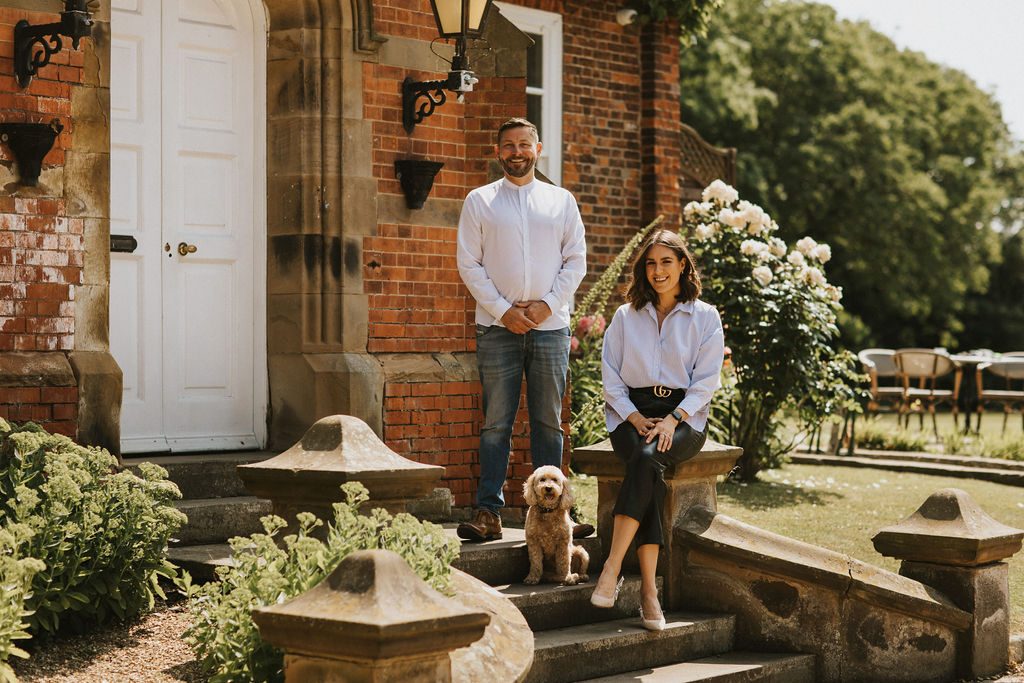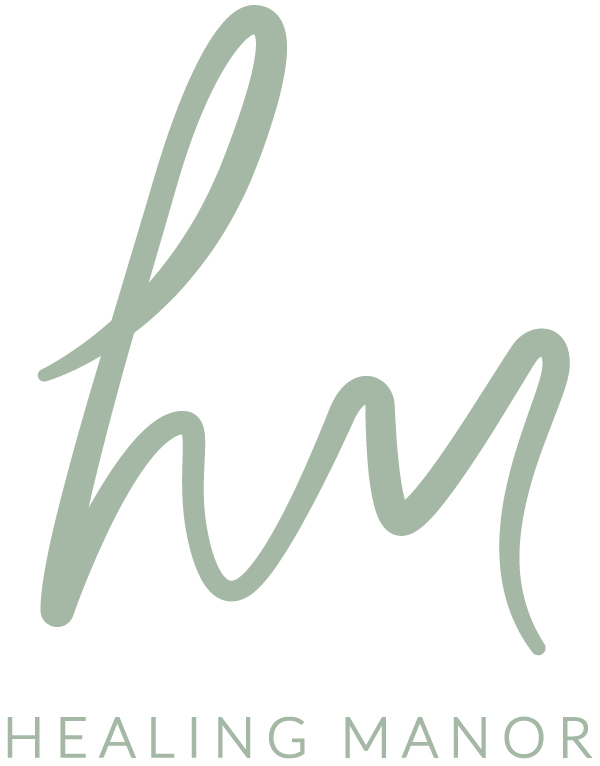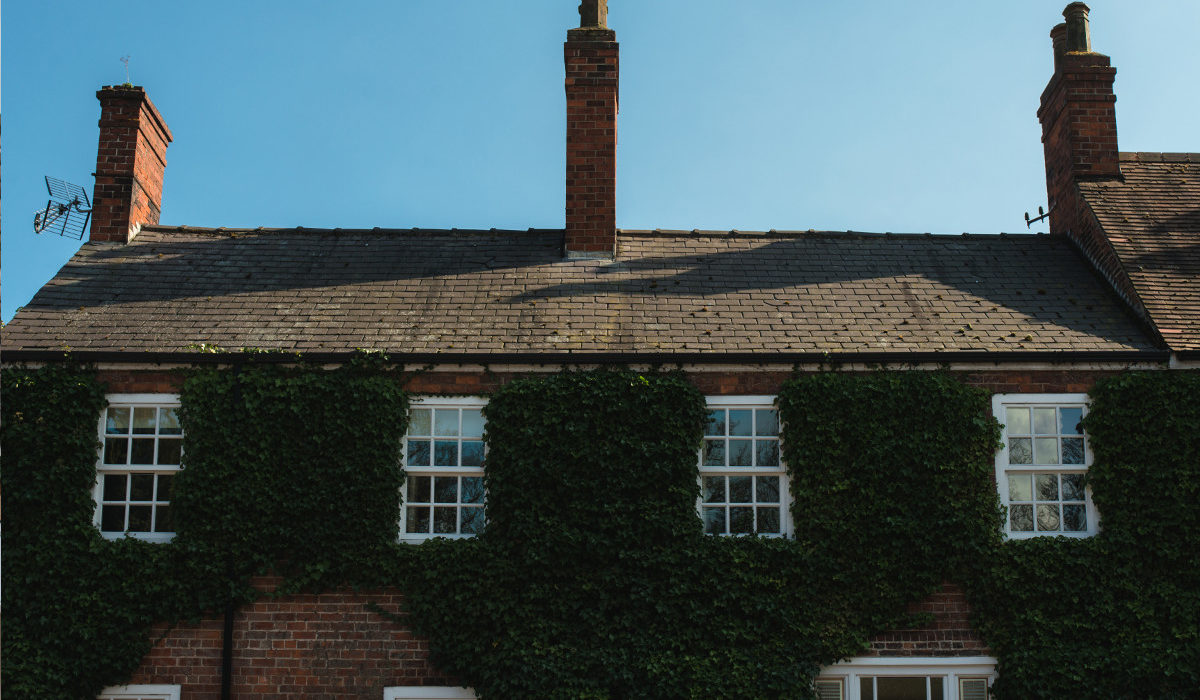The history of Healing Manor dates back to the Domesday Book of 1086 and the original Medieval Manor can be located in the cellar, where Flemish bricks can be seen. This building was transformed in the 1700s and this part of the house is where the Reception and the Pig & Whistle Restaurant are located.
In the 1890s John Maunsell Richardson, a famous Victorian racehorse trainer moved to Healing Manor and had it extended for his new wife – the Dowager Countess of Yarborough. The house was designed in the Queen Anne style and there is much evidence of the Arts and Crafts style on the porch. Richardson also had built the stable block and some tithe cottages on the main road for his tenants.
In 1902 the house and land was sold to Gerald Portman, whose family had significant land holdings in and around Dorset and London. The Portman name is perhaps better known for the eponymous Portman Square which dates back to 1674.
Healing Manor was the country estate for the Portman family for many years. After Viscount Portman died in 1948, his wife continued to live here until her death in 1964, when the Manor was inherited by her daughter Penelope Bowlby. Viscount Portman and his wife are buried together in the churchyard that adjoins Healing Manor.
When Penelope Bowlby died, the house was purchased by a local farming family, the Peasgoods. In 2006 it was bought by a local businessman with plans for conversion into a hotel. Unfortunately, these plans never came to fruition and the property remained empty until purchased in February 2013 by a family who lived in Healing.
A continuing link with the Portman name is the use of a lily in the hotel’s logo and literature. The Portman coat of arms is dominated by a Fleur de Lys, so the incorporation of a lily in much of the hotel’s literature preserves the link to the Portman name.
In March 2018, Steven and Charlotte Bennett took over the operation of Healing Manor Hotel, along with their team of 80. With locally sourced food and sustainability at the forefront of the Manor’s ethos, both the team and the suppliers are a key focus for the Manor’s future.
As of May 2023, Charlotte and Steven Bennett are the official owners as well as operators of Healing Manor Hotel and The Pig & Whistle. This purchase offers an exciting opportunity for the future investment of the business and its place in the local community.


